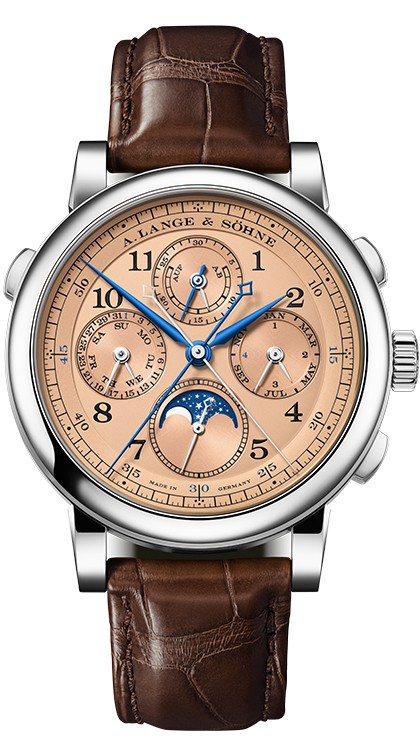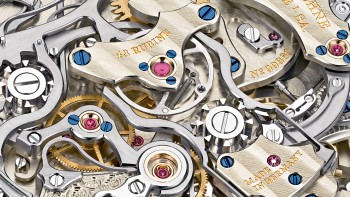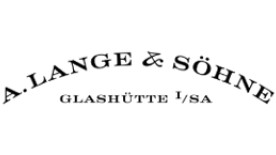Lange will always be Lange. Since its revival in 1994 with the launch of the now legendary Lange 1, the brand has diligently followed the same line of conduct. Each watch to come out of the manufactory in Glashütte, Saxony, carries on from its predecessors, enclosing mechanical innovation in a timeless aesthetic. “We take care to always respect the heritage and identity of the brand with highly precise watches that are beyond fashions and trends,” says Anthony de Haas, Director of Product Development at Lange & Söhne. The recently revealed 1815 Rattrapante Perpetual Calendar, produced as a 100-piece limited edition, and Lange 1 Time Zone are no exception to this rule.
An icon returns
Why change a winning formula? The new Lange 1 Time Zone celebrates the legacy of the watch with which it all began almost 20 years ago. Among the many variations to have followed over the course of these two decades, Lange & Söhne introduced the Lange 1 Time Zone in 2005, giving a new face to a complication that enables travellers to keep track of time back home as well as in any of 24 time zones.

A second-generation Lange 1 Time Zone, in 2020, saw the introduction of the in-house L141.1 calibre, a movement that further enhances the watch’s functionality thanks to an intuitive indication of Daylight Saving Time. In its latest monochrome version, a 41.9mm case in platinum surrounds a tone-on-tone rhodium-coloured dial made from solid silver. “The 2005 model was an immense success,” Anthony de Haas says. “Revisiting an iconic watch is always a complex process. In 2020 we optimised the mechanical aspect by introducing a slimmer calibre with enhanced functionality and legibility. For the aesthetic aspect, we proceed with caution. It comes down to details.” As subtle as they are, these refinements make all the difference, with home time and zone time perfectly visible. In practice, the larger time circle indicates home time while the smaller circle displays the time in a second time zone, which is set simply by pressing the pusher that advances the city ring on the periphery of the dial. An arrow marker points to the chosen city. A coloured segment in this arrow indicates whether the corresponding time zone observes daylight saving time, in which case it shows red, or not, in which case it stays white. Equally useful is the intuitive day/night indication, in the form of a blue section at the centre of each time circle. One last specificity of the Lange 1 Time Zone: a synchronisation mechanism enables zone time to be switched from the smaller subsidiary dial to the larger one, making it possible to define a new home time.
Three complications cased in gold
The second drop from Lange & Söhne is a revisit of the 1815 Rattrapante Perpetual Calendar that contrasts cool white gold for the 41.9mm case with warm rose gold for the dial. This 100-piece limited edition unites three of the most elaborate complications in watchmaking: a perpetual calendar, a chronograph and a rattrapante or split-seconds function. All three are driven by calibre L101.1: Lange & Söhne’s eighth in-house movement when it was introduced in 2013.

The developers of this remarkable movement rose to the challenge of creating a calibre that measures stopped times with one-sixth-of-a-second accuracy, maintains sufficient power for the calendar’s “long-term memory” and displays all this information in a way that is legible and harmonious. The dial, framed by a railway-track minute scale, displays calendar indications two by two on subsidiary dials at 3 o’clock and 9 o’clock. At 6 o’clock, moon phases share an auxiliary dial with small seconds. The minute counter combines with a power-reserve indicator at 12 o’clock. “This is a highly complicated watch that is also extremely legible with a classical aesthetic,” Anthony de Haas concludes. Uniting complexity and simplicity is a delicate exercise. Once again, Lange & Söhne gives a masterful demonstration of how it should be done.





